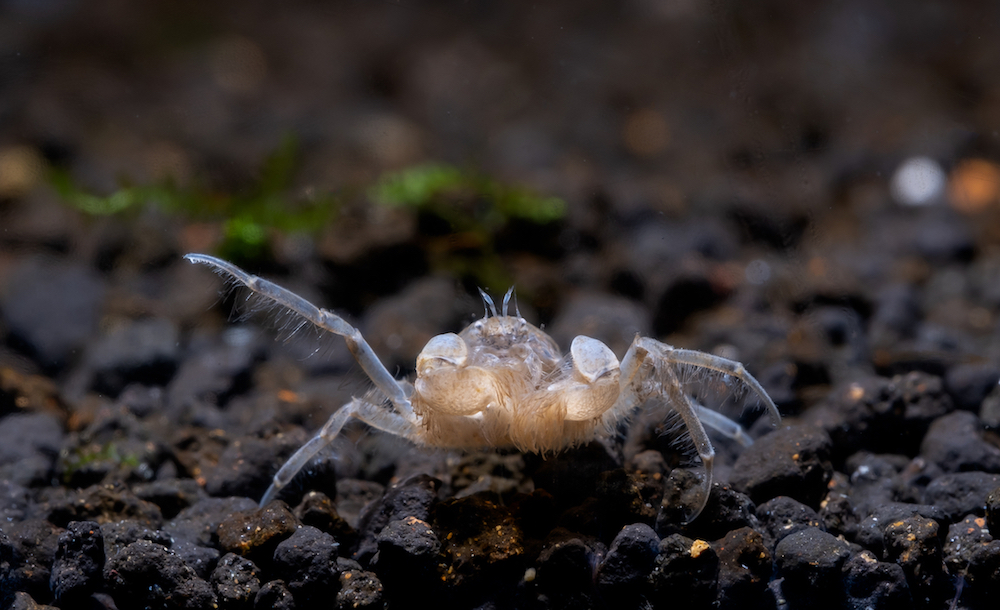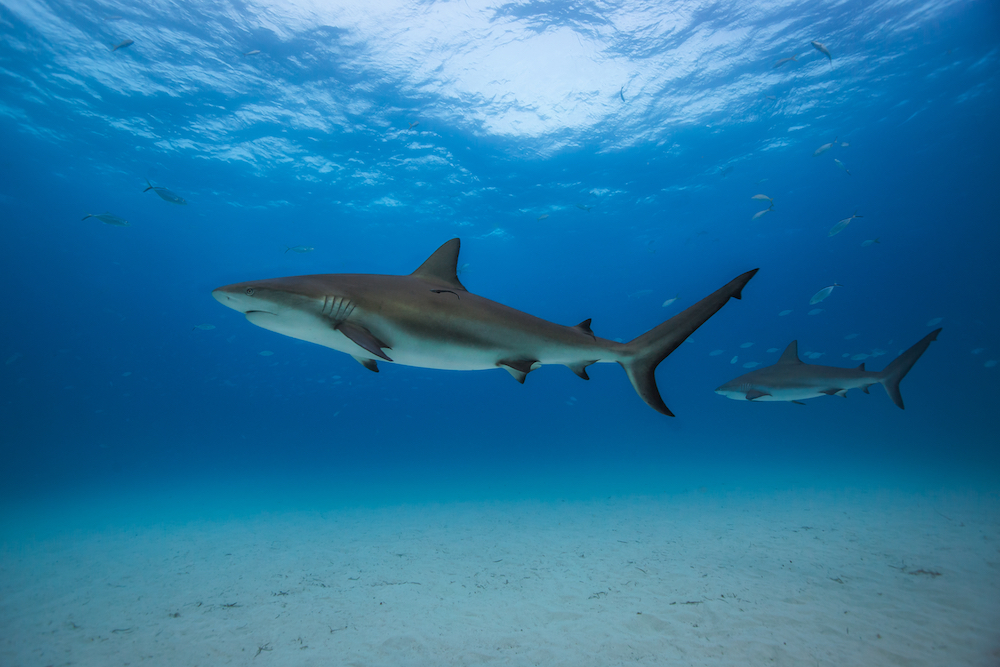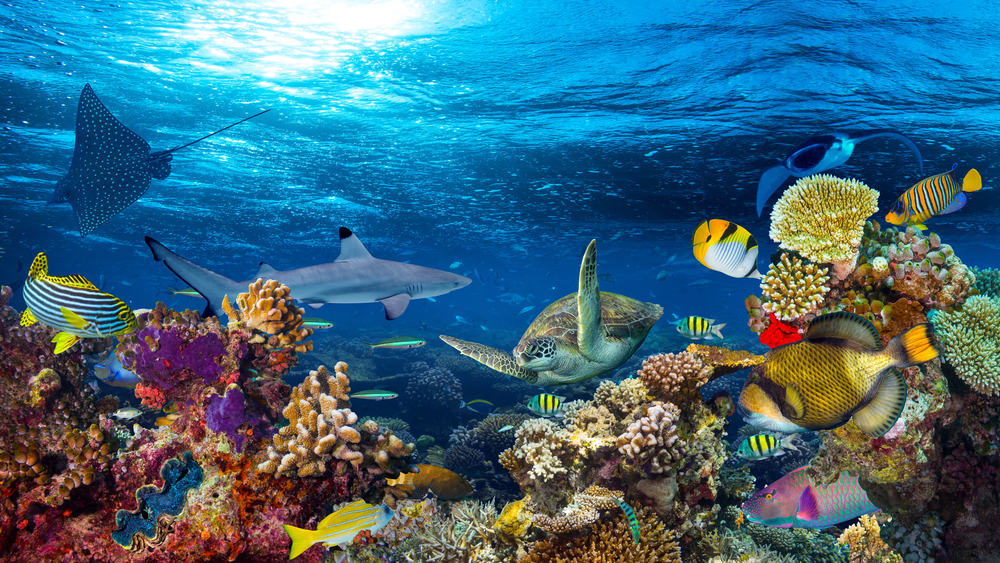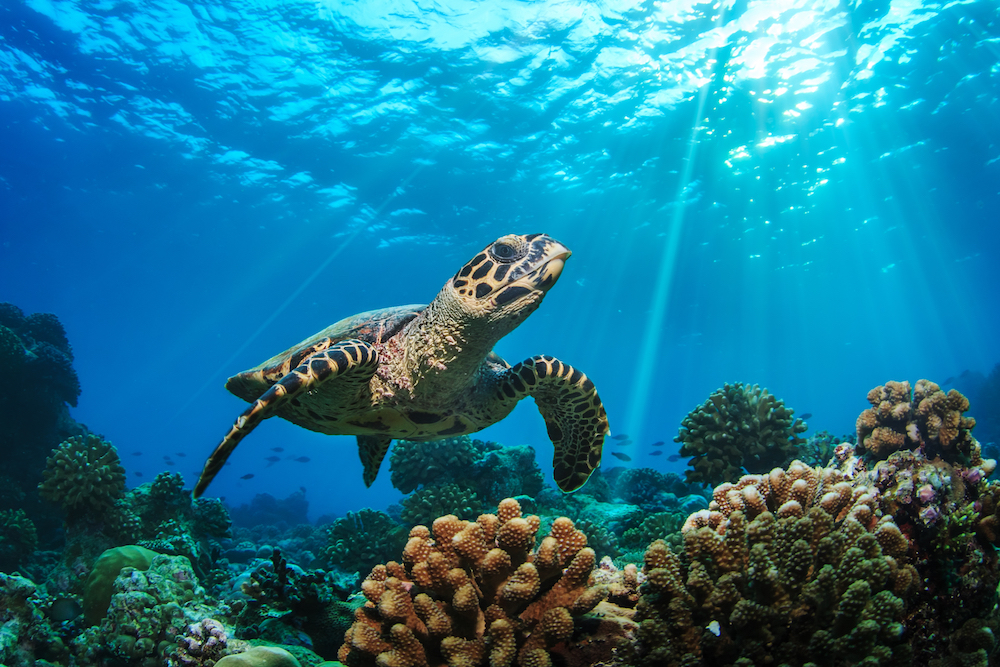Aquatic Food Web
The marine food web or food chain is a complex ecosystem in the ocean.

Photoautotrophs
The photoautotrophs form the base of the marine food chain. These are the nearly invisible phytoplankton organisms.
They seize the sun's energy and further convert nutrients and carbon dioxide into organic compounds.
Herbivores
The herbivores are animals that feed into the ocean's plant life. Jellyfish, barnacles, mollusks, and larval stage fishes belong to this group.
The larger herbivores such as manatees, green turtles, parrotfish and surgeonfish also feed on marine vegetation. As plant life in the ocean is abundant, herbivores have plentiful opportunities to graze.
Carnivores
The carnivores include sardines, menhaden and herring, which eat herbivores. This group also has larger animals such as octopuses that eat crabs and lobsters. Other fishes feed on invertebrates residing near the shore.
Top Predators

These predators sit on top of the food chain and are a diverse group. It has sharks, dolphins, seals, sea lions and more. But the apex predator of the ocean remains the killer whale that does not have any natural predators.
The marine life is intriguing, but only a section of it remains protected. Overexploitation of these water bodies can result in the depletion of resources.
Ocean conservation through planned management can protect marine life from various threats.




